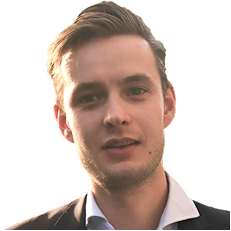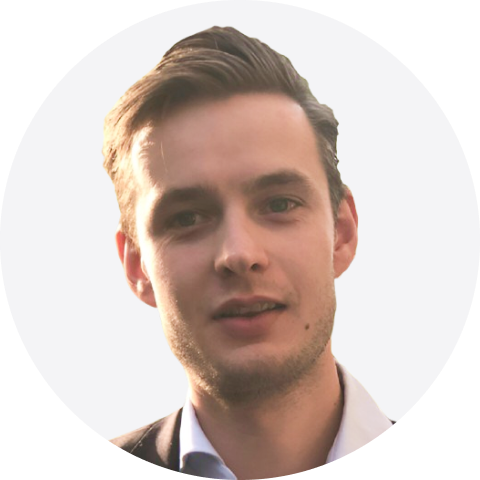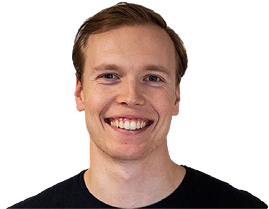ON DEMAND WEBINAR
From Months to Hours:
Future of Concrete Assessment
Aging concrete structures, outdated documentation, and destructive traditional inspection methods create costly delays and uncertainty in infrastructure and building projects.
During this webinar, we talk about the innovative 3D concrete scanning technology that enables faster, safer, cheaper and more sustainable decisions for building assessment.

What You Will Learn
Why traditional inspection methods (manual drilling, destructive testing) slow down projects and limit reuse potential.
How non-invasive and innovative 3D concrete scanning works — and how it saves weeks and thousands of $ per project.
Using AI for precise visuals and analytics that can be accessed within minutes after the scan.
How this technology is enabling circular economy practices and follows key trends of rehabilitation and retrofitting in the building sector.
Real-world project results from Norway with COWI: reduced risk, lowered cost, faster timelines, and confident structural decisions.
Point cloud scans and analytics of the buildings from our project at the Governors Island, New York.
Our Speakers


Lauren Wang
Lauren shared how Governors Island is becoming a real-world climate innovation hub in the heart of New York City. She explained how they transforming historic buildings into a testbed for sustainable technologies — highlighting how Birdsview’s structural scanning is supporting circular reuse and adaptive redevelopment.


Kjetil-André Nord
Kjetil talked about the recent project with Birdsview’s technology and shared his personal experience with the use of our technology in structural assessments. His insights showed how the technology improved design confidence, reduced risk, and made inspections faster, more accurate, and accessible even for medium-sized projects.


Olav Skogen
CEO, Birdsview
Olav introduced how Birdsview is transforming the way we assess concrete structures using AI-powered, non-invasive scanning technology. During the Q&A session, he addressed technical questions from the audience, highlighting the system’s accuracy for rebar detection, its use across diverse projects — from bridges and tunnels to marinas, as well as other important questions.
